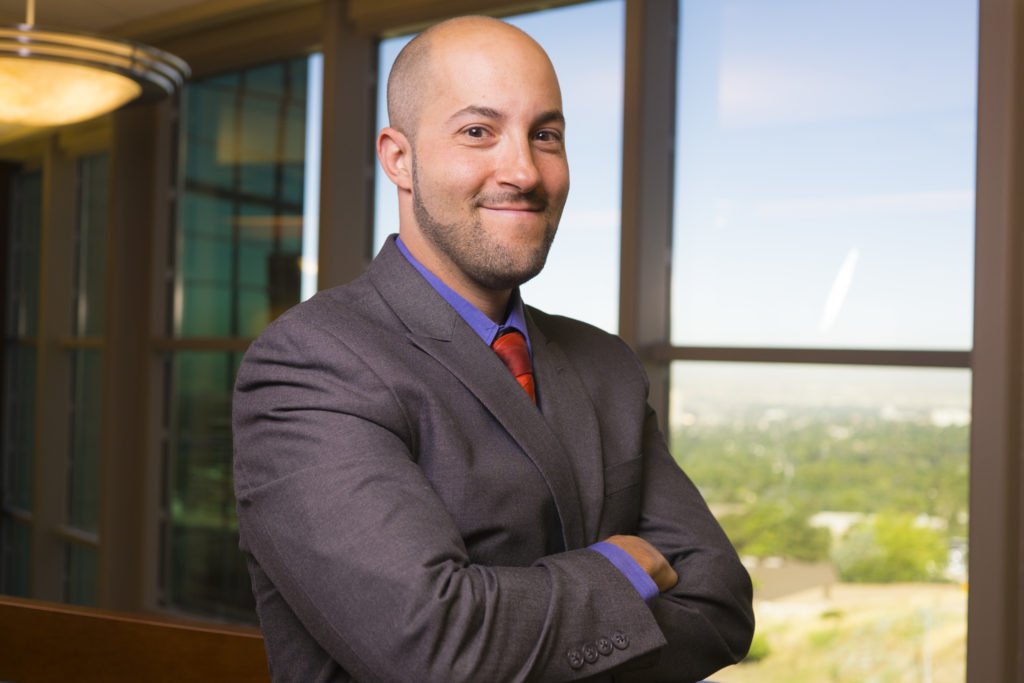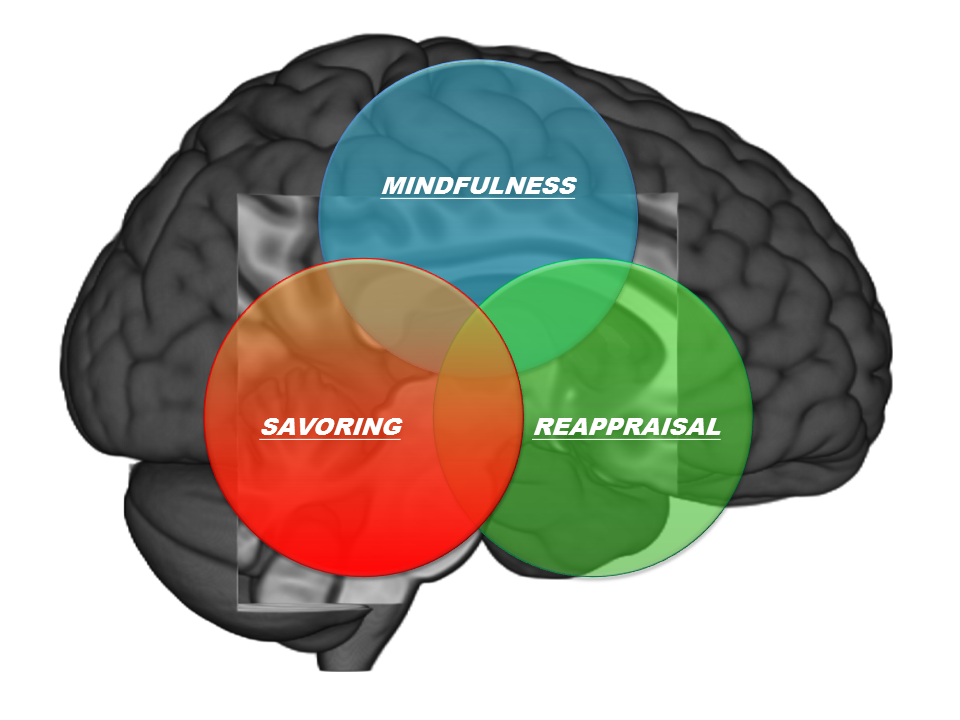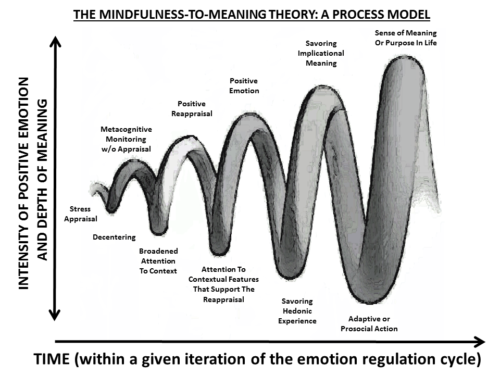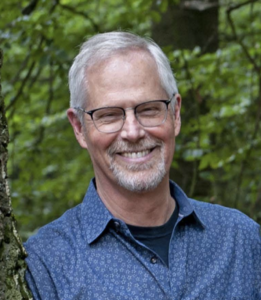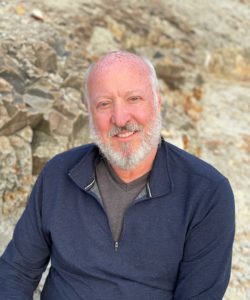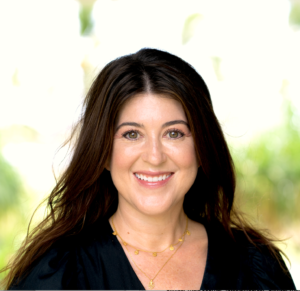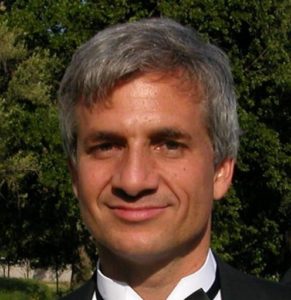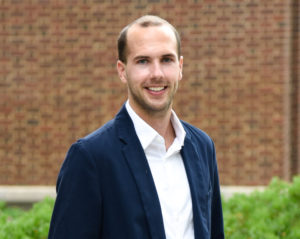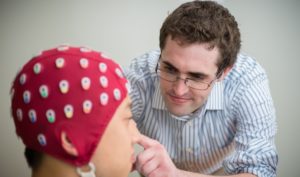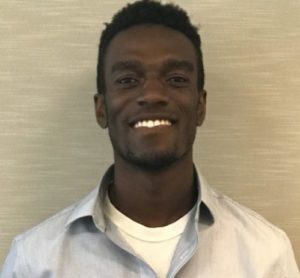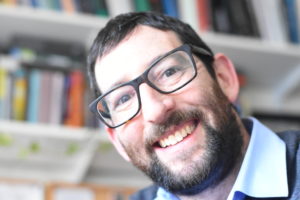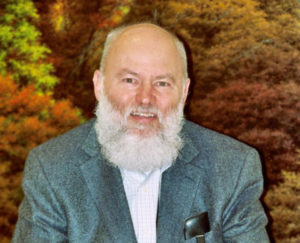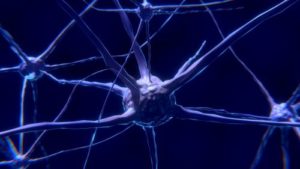MORE has been used to treat chronic health, mental health, and addiction related issues. How can mindfulness be one therapeutic tool to address all of these conditions?
We need to take a transdiagnostic approach to understand how to alleviate human suffering. Across various forms of suffering, there are some crosscutting mechanisms for processes that create suffering regardless of diagnosis. Let’s take one process: stress reactivity or sensitization to threat. We see sensitization to threat in anxiety, trauma, depression, and chronic pain – in which the threat might be from sensations in the body. Prolonged use of addictive drugs or repeated exposure to stress and trauma can dysregulate stress systems in the brain and can increase sensitivity to stress. This mechanism of stress sensitization is a transdiagnostic mechanism that cuts across disorders and is common to many conditions that cause people suffering.
Another transdiagnostic process that I’m interested in is reward insensitivity. This phenomenon is also found in depression, PTSD, chronic pain, and addiction. Individuals suffering from these problems can become less able to experience natural pleasure from healthy and pleasant events, people, and experiences in everyday life. Because individuals may have this lessened ability to extract the sense of joy from everyday life, this deficit may lead them to seek a sense of well-being through self-destructive coping behaviors, such as overindulging in food, alcohol, drugs, gambling, cutting, etc. Reward insensitivity is another important transdiagnostic mechanism to be targeted by mindfulness. Mindfulness is likely very useful for targeting multiple transdiagnostic mechanisms because it seems to have broad-spectrum effects.
Do you see mindfulness-based interventions as a primary therapy or as an adjunctive therapy?
In the case of chronic pain and opioid misuse, what society is faced with is a large number of patients are currently take opioids for pain- that is the medical intervention that they were given by the health care system. Patients who have had Mindfulness-Oriented Recovery Enhancement incorporated into their overall health care plan may experience improvements with pain and stress, and also reduce their misuse of opioids and possibly their dependence on opioids.
In the future, it’s possible that policy changes focused on reducing opioid misuse will vastly alter the treatment of chronic pain. Rather than being prescribed medication, people with chronic pain will be prescribed meditation – that is a future that I can envision.
We’re not quite there yet. Ideally, the doctor would prescribe a person with acute pain a limited amount of opioids, but also incorporate a mindfulness-based intervention as well as an exercise and nutrition program into the patient’s treatment plan. An integrative medicine approach would be built into the front end of the treatment plan. This could prevent a lot of problems and suffering down the line.
Your studies incorporate cognitive, affective, and social neuroscience. Given your background in social work, this might surprise people. Do you feel that the questions you study require an interdisciplinary approach or is this unique to your approach as a clinical scientist?
Up to this stage in my career, I’ve employed methods from cognitive and affective neuroscience, particularly psychophysiology. I incorporate tasks like the dot-probe task to measure attention biases to emotional information. I’m essentially self-taught; I taught myself psychophysiology in an independent study led by Barbara Fredrickson, Ph.D., while I was a doctoral student at UNC. In terms of doing more complex neuroscience, like the use of fMRI, or molecular neuroimaging using PET, we do need interdisciplinary partners. Going forward, I will definitely be collaborating with others.
I just received a new grant from the National Center for Complementary and Integrative Health that will be using molecular neuroimaging of MORE to look at its effects of neurotransmitter function with my Co-PI Jon-Kar Zubieta, MD, PhD, Chair of Psychiatry at the University of Utah, who is a pioneer of the use of PET to look at endogenous opioid function in the brain during the experience of pain.
What is Mindfulness to Meaning Theory?
Essentially, Mindfulness to Meaning Theory attempts to explain how the acute state of mindfulness that is generated when a person sits down on “the cushion” to meditate might impact one’s sense of meaning in the face of adversity. It aims to answer the question: How does the acute, ostensibly non-judgmental, non-discursive state of mindfulness have positive influences on the discursive, language-based narrative, our autobiographical sense of meaning in everyday life? This whole idea emerged out of the observation that patients benefit from doing mindfulness meditation by not only increasing clarity, and decreasing stress, but also experiencing more complex cognitive and meaning-based benefits, such as a greater ability to reframe the stressors and adversities in their lives. Many patients participating in mindfulness-based interventions come to see these adversities as learning opportunities to grow stronger as a person and to become more compassionate. Their formal practice of mindfulness meditation was benefiting them in broader, more abstract ways than mere stress reduction. This makes sense, because if people were only benefiting from the ten minutes that they were on the cushion focusing on their breathing, mindfulness wouldn’t be a very meaningful pursuit.
The reason why we practice mindfulness is because it has a broader impact on our lives and our sense of self. Mindfulness seems to have an impact on our life story, the way we define ourselves, and the way we understand the opportunities and the challenges that we face in life. There was no scientific model to really explain that process in a fine-grained way. I think the reason for that oversight is that the field has invested a lot into answering the questions of what ‘mindfulness’ is, what is happening when someone sits down and practices mindfulness meditation, and what is happening in the brain. There has been less attention paid to how the acute state of mindfulness blossoms into these more longitudinal and broader impacts on a person’s life, and life story, and self-concept. These abstract concepts are harder to define and measure. For a variety of reasons, there’s been less attention paid to them.
The definition of mindfulness that was put forth by Jon-Kabat Zinn has directed the type of questions that contemplative scientists have been asking. And while a seminal contribution, this definition has left a vacuum; for example, in defining mindfulness as “non-judgmental awareness,” we haven’t asked the question of how mindfulness affects our judgments. There are people who will tell you that mindfulness doesn’t affect judgment because it’s a non-judgmental process. But I’m pretty sure as a mammal that it’s impossible to shut off judgment completely. Would we want to do that? There are a lot of positive judgments made in life; we use our judgments to navigate the world, to build relationships, and define our sense of ethics and values. And if you go back and look at the traditional Buddhist systems from which a lot of these mindfulness practices derive, they don’t seem to abstain from non-judgmental perspectives in the least. To the contrary, within the Noble Eightfold Path, for example, there is ‘right action,’ ‘right speech,’ ‘right intention,’ and so forth. ‘Right’ implies wrong. There’s a judgment there. What is correct, what is wholesome?
In these Buddhist systems there is a huge focus on wholesome qualities. And defining a quality as wholesome implies that there are unwholesome qualities. Implicit in these spiritual systems was a sense of making judgments and discriminations to identify what is a wholesome way to live in the world. Mindfulness was traditionally used as a tool to help gain insight into those positive judgments. Given that history, I developed that Mindfulness to Meaning Theory to help explain how the acute state of mindfulness can help an individual make helpful evaluations of their own sense of self and the world around them so as to experience their life as more meaningful.


